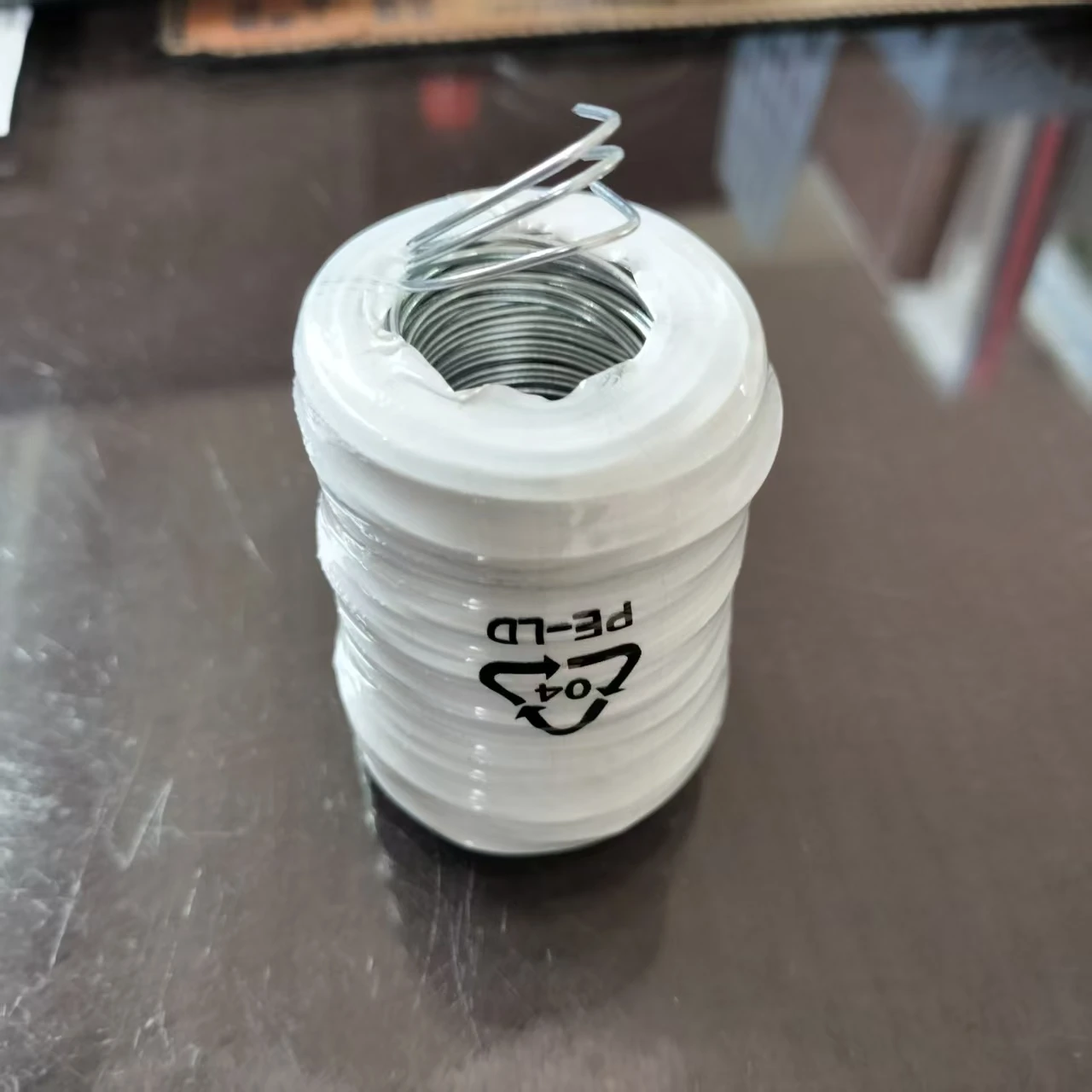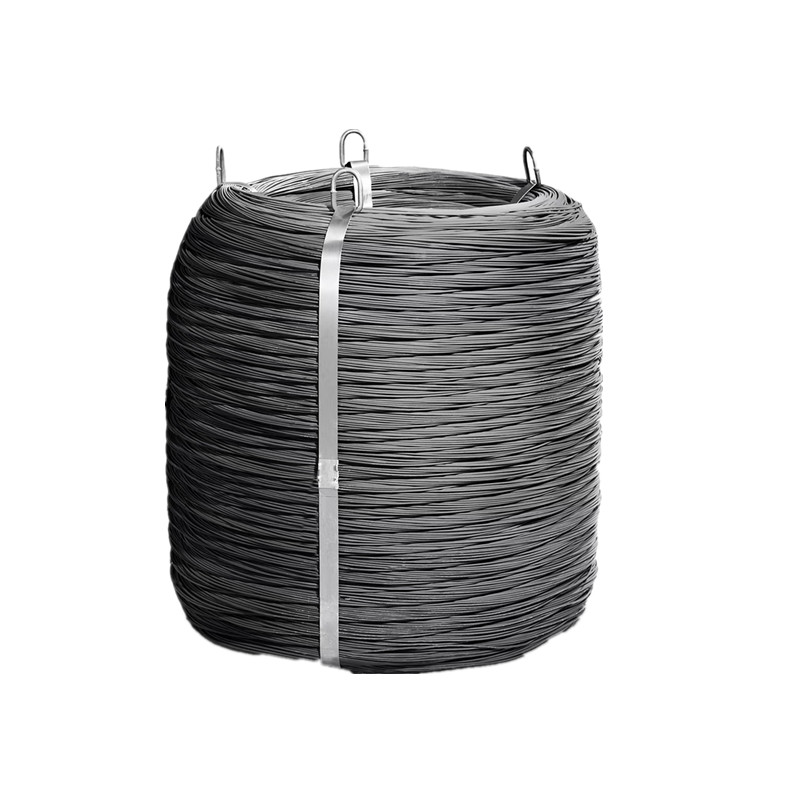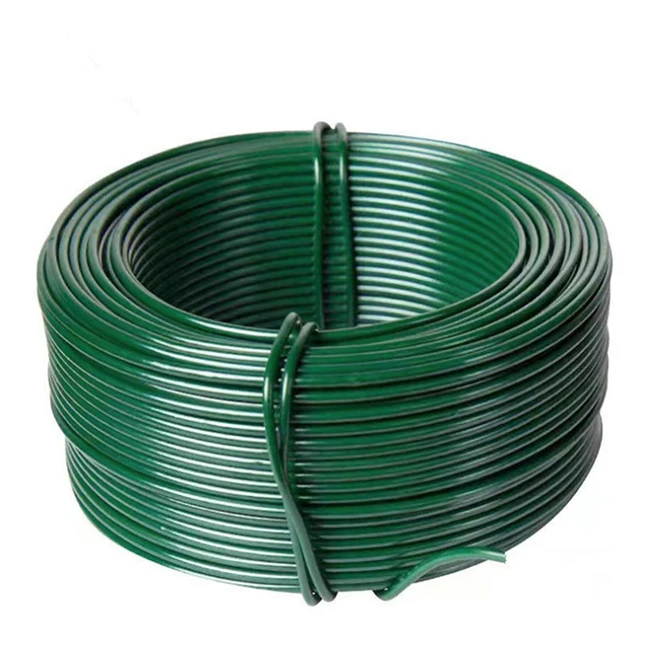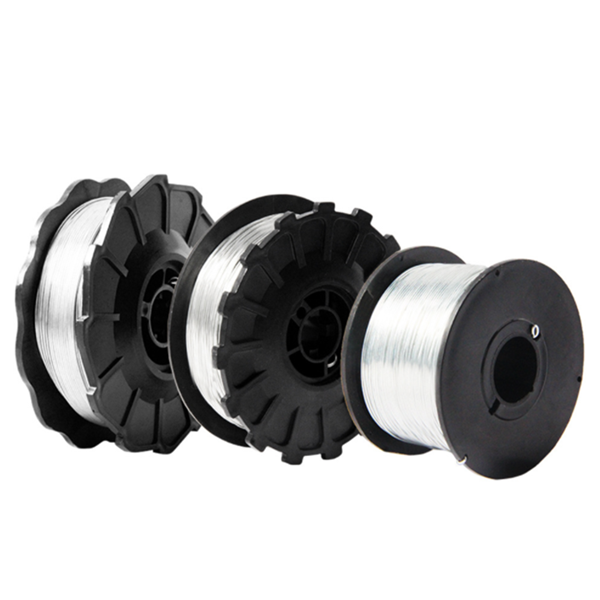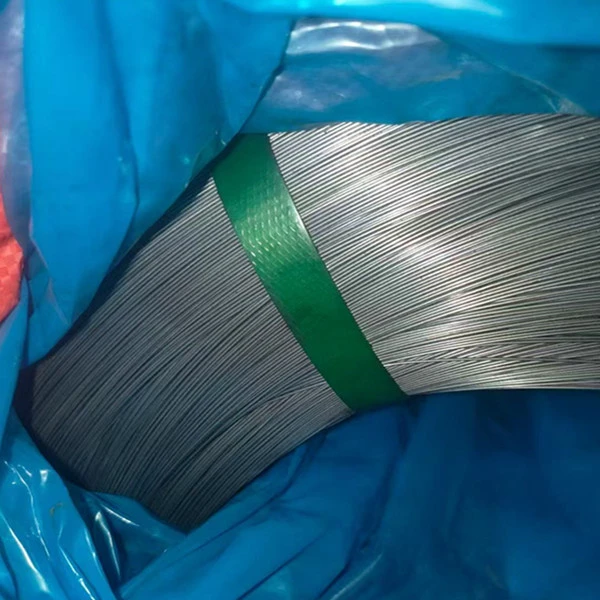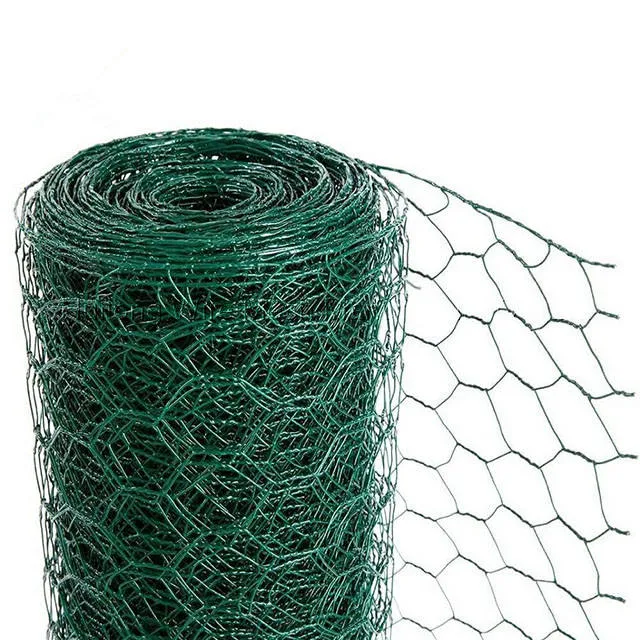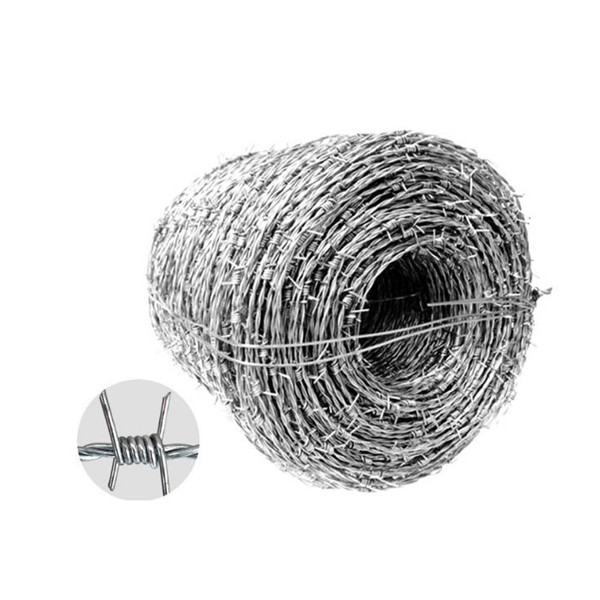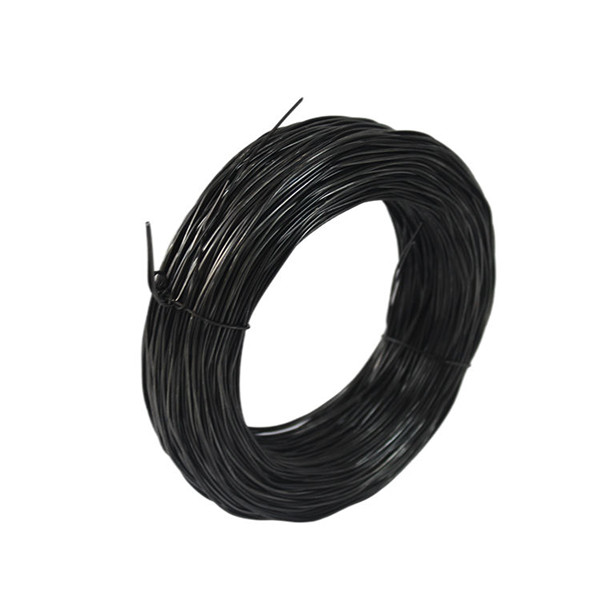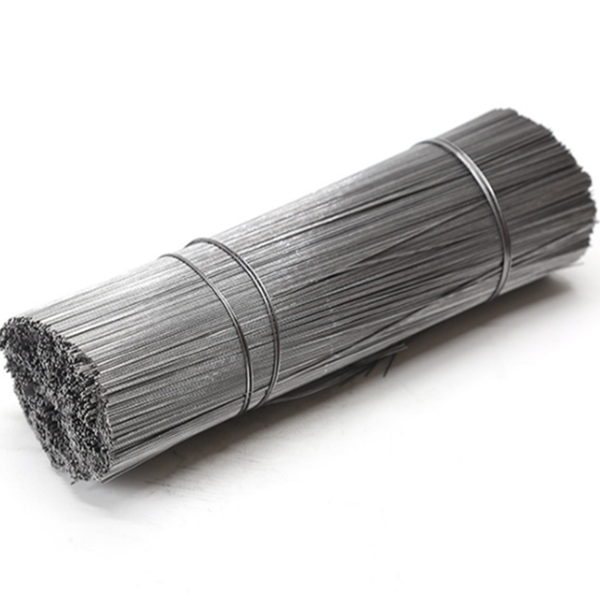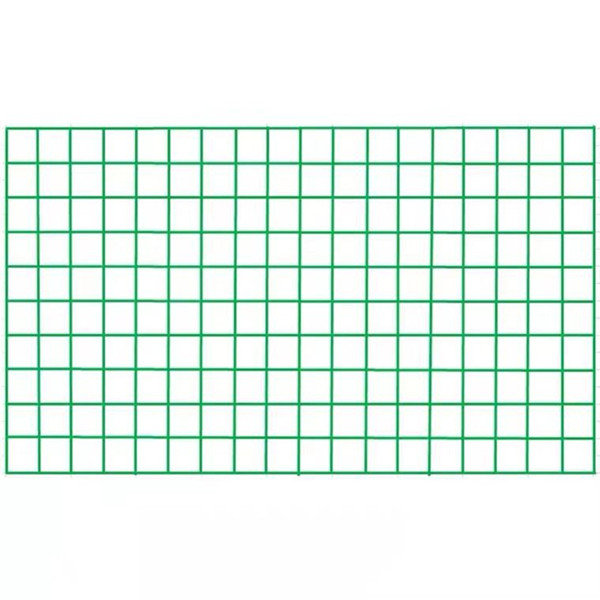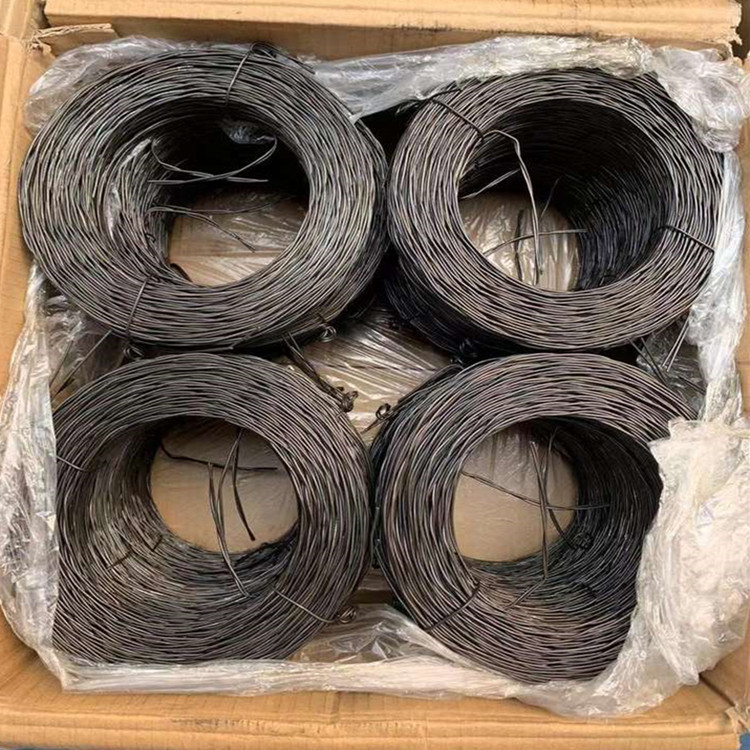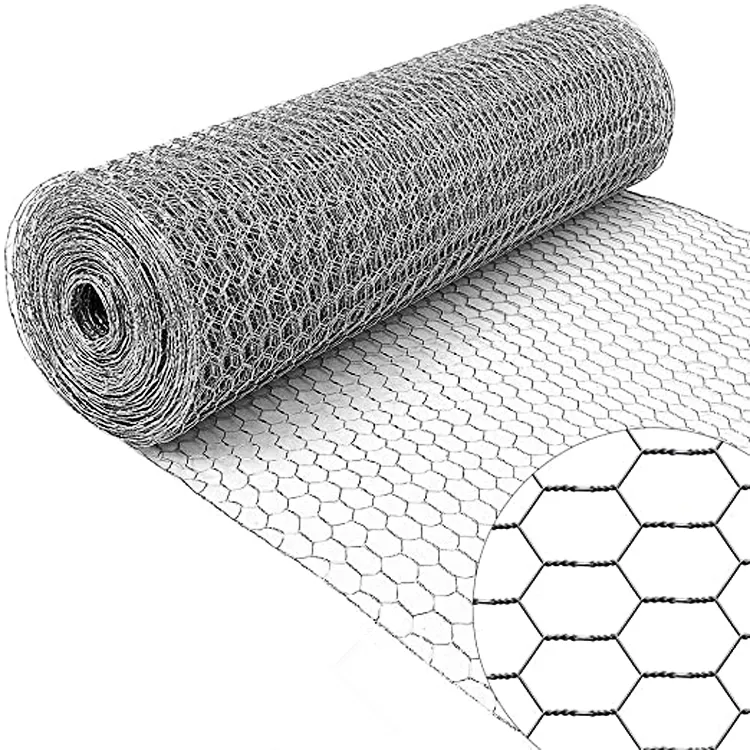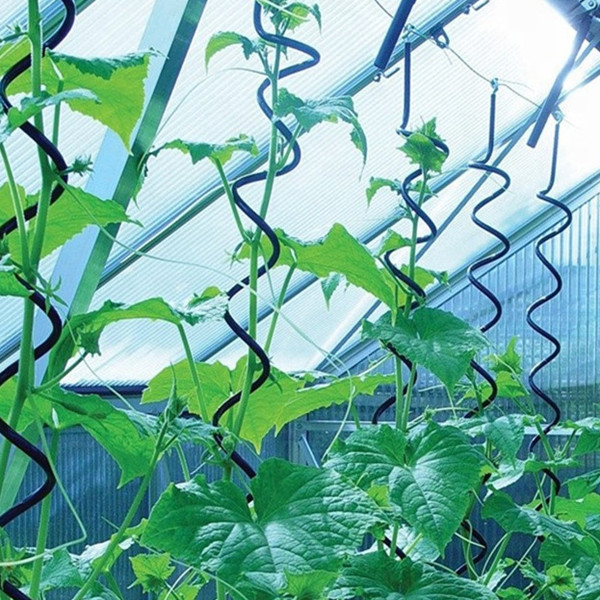The restoration of historic vineyards is a delicate art that blends tradition with modern innovation. Preserving these ancient plots requires materials that offer durability, functionality, and respect for the environment. In this endeavor, galvanized hexagonal wire mesh has emerged as a pivotal tool, providing robust support for trellising, fencing, and soil stabilization. This article explores how this versatile material is revolutionizing vineyard restoration, ensuring that centuries-old vines thrive for generations to come. At the heart of this innovation is Dingzhou Lanye Metal Products Co., Ltd., a company established in 2005 that embodies youth, energy, and a commitment to excellence. Composed of a dynamic team, they prioritize product quality and corporate reputation, continuously innovating to meet evolving needs. With a dedicated R&D team, quality inspection department, and a comprehensive quality control system, every product undergoes rigorous checks and is meticulously packaged before reaching customers. This dedication makes them a trusted partner in sustainable agriculture projects worldwide.

The Essential Role of Hexagonal Wire Mesh in Vineyard Restoration
Hexagonal wire mesh plays a crucial role in the restoration of historic vineyards, where preserving structural integrity and promoting healthy growth are paramount. This type of mesh, characterized by its six-sided openings, is widely used for trellising systems that support grapevines, allowing for optimal air circulation and sunlight exposure. In historic vineyards, where vines may be decades or even centuries old, the gentle yet firm support provided by hexagonal wire mesh helps prevent damage to fragile stems and roots. It also aids in soil erosion control on sloped terrains, a common feature in traditional vineyard layouts. By integrating this mesh, restorers can maintain the authentic appearance of the vineyard while enhancing its functionality. The flexibility of hexagonal wire mesh allows it to adapt to irregular shapes and sizes, making it ideal for custom applications in restoration projects. Moreover, its non-invasive nature ensures that the historical essence of the vineyard remains intact, supporting sustainable practices that align with organic farming methods. As vineyards age, the need for reliable, long-lasting materials becomes even more critical, and hexagonal wire mesh delivers on this front by withstanding environmental stressors like wind and rain. In summary, the use of hexagonal wire mesh in vineyard restoration not only safeguards the past but also secures a productive future for these cherished agricultural landmarks.
Advantages of Hexagonal Wire Mesh Fencing for Protecting Historic Vineyards
Hexagonal wire mesh fencing offers a multitude of advantages when it comes to protecting historic vineyards from external threats while preserving their aesthetic appeal. Unlike solid barriers, this fencing type provides a secure yet permeable boundary that deters animals and unauthorized access without obstructing airflow or views. In historic settings, where maintaining the original landscape is essential, hexagonal wire mesh fencing blends seamlessly into the environment, avoiding the industrial look of other materials. Its durable construction ensures long-term protection against wildlife, such as deer or rodents, which can cause significant damage to delicate vines. Additionally, this fencing is highly resistant to corrosion and wear, thanks to treatments like galvanization, which we will explore in the next section. The mesh's design allows for easy installation around uneven terrain, common in older vineyards, and requires minimal maintenance, reducing the need for frequent interventions that could disrupt the site's historical integrity. Furthermore, hexagonal wire mesh fencing supports biodiversity by allowing small animals and insects to pass through, promoting a balanced ecosystem that benefits vine health. For vineyard owners, this translates to cost savings over time, as the fencing's longevity means fewer replacements and repairs. Overall, the adoption of hexagonal wire mesh fencing in historic vineyard restoration projects ensures that these cultural treasures are shielded from harm while upholding their natural beauty and ecological harmony.
Why Galvanized Hexagonal Wire Mesh Is the Top Choice for Longevity
When it comes to ensuring the longevity of vineyard restoration projects, galvanized hexagonal wire mesh stands out as the premier choice due to its enhanced durability and resistance to the elements. The galvanization process involves coating the steel wire with a protective layer of zinc, which prevents rust and corrosion caused by moisture, soil acids, and fluctuating weather conditions. This is particularly important in historic vineyards, where materials must endure for decades without compromising structural integrity. Galvanized hexagonal wire mesh excels in such environments, offering superior strength that withstands physical stress from vine growth and human activity. Its versatility is evident in various applications, from trellising to fencing, and it requires little upkeep, making it a cost-effective solution for long-term preservation. Compared to non-galvanized options, this mesh maintains its appearance and functionality over time, reducing the need for frequent replacements that could disturb the vineyard's historical context. Moreover, the galvanized finish is environmentally friendly, as it minimizes the risk of chemical leaching into the soil, aligning with sustainable restoration practices. For those seeking reliable performance, the product parameters of galvanized hexagonal wire mesh are outlined in the table below, showcasing its adaptability to different vineyard needs. By choosing galvanized hexagonal wire mesh, restorers can confidently protect their investments, ensuring that historic vineyards continue to flourish with minimal intervention.
|
Parameter |
Details |
|
Material |
galvanized wire, stainless steel wire or PVC coated wire |
|
Weaving method |
straight twist and straight + reverse twist |
|
Wire Diameter |
0.5 mm - 2.0 mm |
|
Hole Diameters (inches) |
5/8", 3/4", 1", 1-1/4", 1-1/2" and 2" |
|
Surface treatment |
galvanized, PVC coated |
|
Port of loading |
Xingang, China |
|
Place of Origin |
Hebei, China |
FAQs About Galvanized Hexagonal Wire Mesh
What are the main advantages of using galvanized hexagonal wire mesh?
The primary advantages of using galvanized hexagonal wire mesh include exceptional durability, corrosion resistance, and versatility in applications. The galvanization process coats the wire with zinc, providing a protective barrier against rust and environmental damage, which is crucial for long-term projects like vineyard restoration. This mesh is also highly flexible, allowing it to conform to various shapes and terrains without losing strength. Additionally, it requires minimal maintenance, reducing overall costs and effort over time. Its eco-friendly nature makes it suitable for sustainable farming, as it does not harm the soil or surrounding ecosystem.
How does hexagonal wire mesh fencing enhance vineyard protection?
Hexagonal wire mesh fencing enhances vineyard protection by creating a secure barrier that prevents animal intrusion and unauthorized access while maintaining airflow and visibility. Its design allows for effective deterrence of pests like deer and rabbits, which can damage vines, without disrupting the natural landscape. The fencing's durability ensures it can withstand harsh weather conditions, and its ease of installation makes it ideal for historic sites where preservation is key. By using hexagonal wire mesh fencing, vineyard owners can achieve a balance between security and aesthetic integrity.
Why is galvanized treatment important for hexagonal wire mesh?
Galvanized treatment is vital for hexagonal wire mesh because it significantly extends the material's lifespan by preventing rust and corrosion. In vineyard environments exposed to moisture, soil, and seasonal changes, this treatment ensures the mesh remains intact and functional for years. It also reduces the need for frequent replacements, which is essential in historic restoration to avoid disturbing the site. The galvanized layer adds a protective shield that withstands physical wear, making galvanized hexagonal wire mesh a reliable choice for demanding agricultural applications.
Can hexagonal wire mesh be customized for specific vineyard needs?
Yes, hexagonal wire mesh can be fully customized to meet specific vineyard requirements, including variations in wire diameter, hole size, and surface treatment. For example, smaller hole diameters might be used for finer trellising, while thicker wires could provide extra support for older vines. Customization options allow restorers to tailor the mesh to their unique historical and environmental conditions, ensuring optimal performance. Dingzhou Lanye Metal Products Co., Ltd. offers a range of choices, as seen in the product parameters, to accommodate diverse project needs.
How do I maintain galvanized hexagonal wire mesh in vineyards?
Maintaining galvanized hexagonal wire mesh in vineyards is straightforward and involves occasional inspections for debris buildup or minor damage, along with gentle cleaning using water and a soft brush. The galvanized coating inherently resists corrosion, so extensive upkeep is rarely needed. Avoid using harsh chemicals that could strip the protective layer. Regular checks ensure the mesh continues to provide reliable support and protection, making it a low-maintenance solution for historic vineyard restoration that prioritizes longevity and ease of use.





